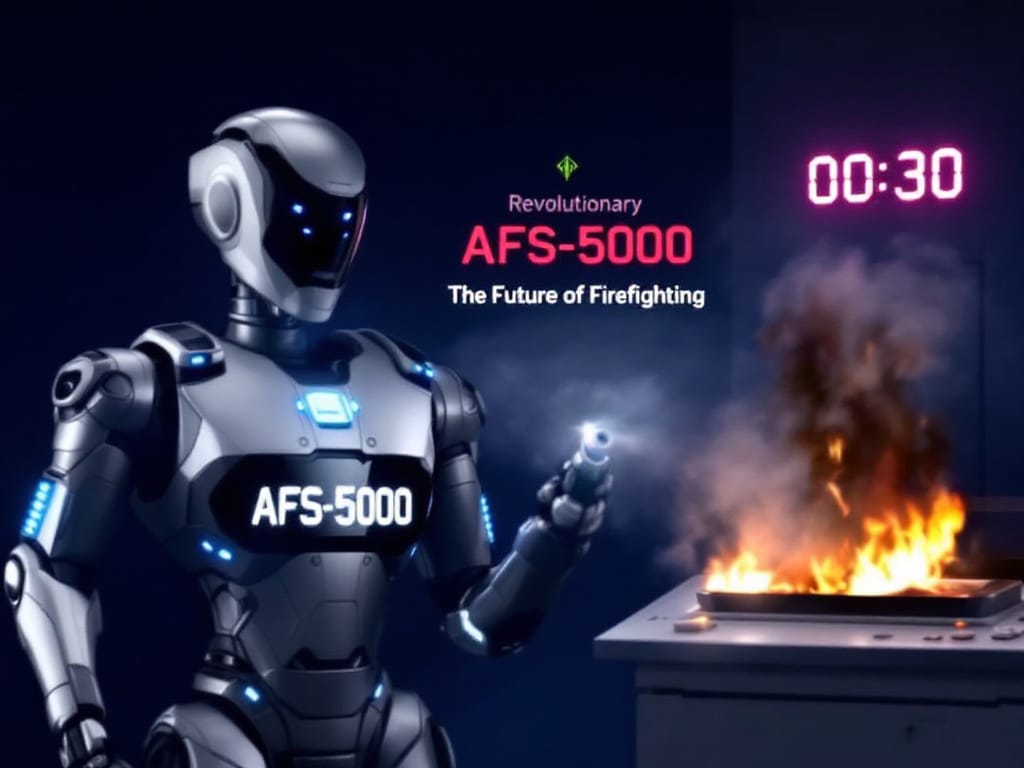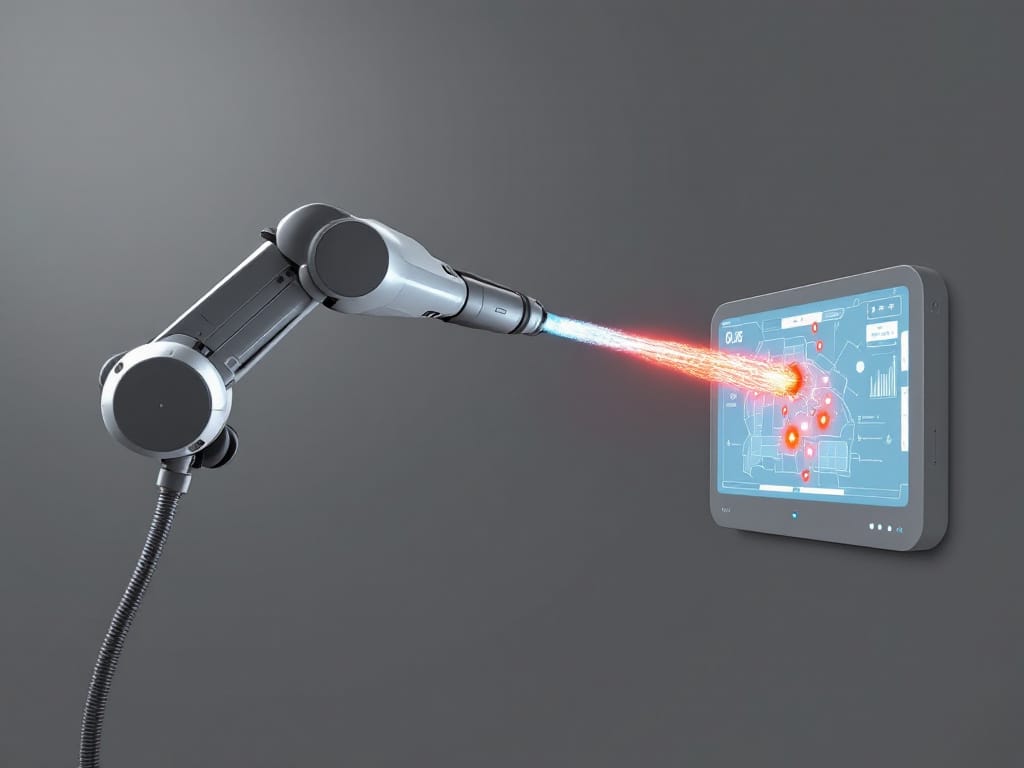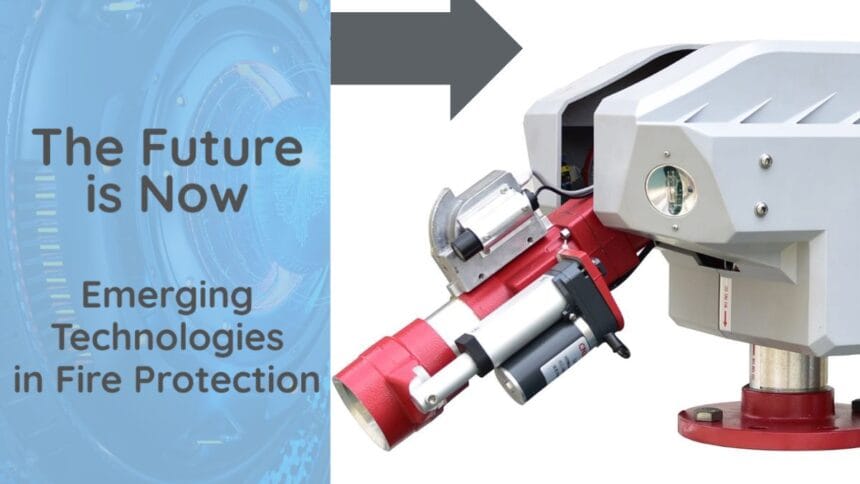Automated Fire Fighting System
Fire accidents can cause devastating damage to property, lives, and the environment. Whether in homes, industries, or commercial buildings, fire safety is a top priority. Traditional firefighting methods rely on manual intervention, which can be slow and sometimes ineffective. This is where an Automated Fire Fighting System comes into play.

An automated fire fighting system is a modern technology designed to detect, control, and extinguish fires without human involvement. These systems provide a faster, more reliable, and efficient approach to fire safety, minimizing damage and saving lives.
In this guide, we will explore everything you need to know about automated fire fighting systems, including how they work, their benefits, components, types, and why they are essential in today’s world.
What is an Automated Fire Fighting System?
An automated fire fighting system is a fire protection setup that detects fire, triggers an alarm, and activates suppression mechanisms without human intervention. These systems use sensors, alarms, and extinguishing agents to control fire outbreaks efficiently.
Unlike manual firefighting, which requires a person to operate extinguishers or sprinklers, automated systems work independently, responding to fire threats instantly.
Why is an Automated Fire Fighting System Important?
Fires can spread rapidly, causing loss of life and property. A few minutes of delay in responding to a fire can lead to catastrophic consequences. Here’s why automated fire fighting systems are crucial:
1. Faster Fire Detection
Automated fire systems use heat, smoke, and flame sensors to detect fire at its earliest stage. This quick response helps prevent fire from spreading.
2. Immediate Fire Suppression
Unlike traditional firefighting, which requires human action, automated systems activate suppression mechanisms instantly, minimizing damage.
3. Reduces Human Risk
Manual firefighting exposes people to smoke, heat, and toxic gases. Automation reduces the need for human intervention, ensuring safety.
4. Protects Valuable Assets
Businesses and industries store expensive machinery and important documents. Automated fire fighting systems help protect these assets from destruction.
5. Cost-Effective in the Long Run
Although the initial investment in an automated fire fighting system may seem high, it reduces long-term costs by preventing fire damage and lowering insurance premiums.
Key Components of an Automated Fire Fighting System
An automated fire fighting system consists of several essential components that work together to detect and suppress fires. Here are the main parts:
1. Fire Detection Sensors
- Smoke Detectors: Identify smoke particles in the air.
- Heat Sensors: Detect rapid temperature changes.
- Flame Detectors: Recognize the presence of flames.
2. Fire Alarm System
- Triggers an alert when fire is detected.
- Includes sirens, flashing lights, and voice alarms to notify occupants.
3. Fire Suppression Mechanism
- Uses extinguishing agents like water, gas, or foam to put out the fire.
- Can be activated through sprinklers, gas suppression systems, or water mist.
4. Control Panel
- The brain of the system, responsible for receiving signals from sensors and activating alarms and suppression systems.
5. Automatic Sprinkler System
- Releases water automatically when fire is detected.
- Effective in homes, offices, and industrial buildings.
6. Gas Suppression System
- Uses gases like CO2 or FM-200 to suffocate the fire without water damage.
- Ideal for data centers, server rooms, and electrical installations.
7. Fire Extinguishers with Automatic Activation
- Some fire extinguishers are equipped with automatic discharge features that activate upon detecting fire.
Types of Automated Fire Fighting Systems
Different environments require different types of fire suppression. Here are the most common automated fire fighting systems used today:
1. Water-Based Fire Fighting System
- Uses water sprinklers to extinguish fire.
- Suitable for offices, residential buildings, and shopping malls.
2. Gas-Based Fire Suppression System
- Uses gases like CO2, FM-200, or Inergen to put out fires.
- Best for places where water can cause damage (e.g., data centers, museums).
3. Foam-Based Fire Fighting System
- Uses fire-suppressing foam to cover flames and prevent oxygen supply.
- Ideal for oil refineries, fuel storage tanks, and industrial plants.
4. Powder-Based Fire Fighting System
- Releases dry powder to smother flames.
- Effective in chemical plants and manufacturing units.
5. Water Mist Fire Suppression System
- Uses fine water mist to cool flames and reduce oxygen levels.
- Safe for electrical rooms and kitchens.
How Does an Automated Fire Fighting System Work?

An automated fire fighting system operates in four simple steps:
Step 1: Fire Detection
Sensors detect smoke, heat, or flames and send signals to the control panel.
Step 2: Alarm Activation
The system triggers alarms, notifying occupants and authorities about the fire.
Step 3: Fire Suppression
Based on the type of system, water, gas, or foam is released to control the fire.
Step 4: Emergency Response
Some systems automatically notify fire departments or emergency services.
Industries That Benefit from Automated Fire Fighting Systems
Many sectors use automated fire fighting systems to enhance fire safety. Here are some of the industries that benefit the most:
🏭 Manufacturing Plants – Protects machinery and workers from fire hazards.
🏢 Office Buildings – Ensures employee safety and prevents data loss.
🏠 Residential Homes – Provides fire safety for families.
🎭 Theaters & Malls – Prevents fire outbreaks in crowded places.
🔌 Electrical & IT Server Rooms – Uses gas suppression to prevent electrical fires.
⛽ Petroleum & Chemical Industries – Uses foam-based systems to prevent explosions.
Advantages of Automated Fire Fighting Systems
✅ Reduces Response Time: Quick fire suppression prevents major damage.
✅ Minimizes Water Damage: Gas-based and mist systems prevent unnecessary water use.
✅ Improves Workplace Safety: Reduces the risk of injuries and fatalities.
✅ Energy-Efficient: Uses smart sensors to operate only when needed.
✅ Reduces Insurance Costs: Many insurance providers offer lower premiums for buildings with fire suppression systems.
Challenges & Limitations
While automated fire fighting systems offer great benefits, there are some challenges:
⚠ High Initial Cost: Installation can be expensive but saves money in the long run.
⚠ Regular Maintenance Required: Sensors and suppression systems need routine checks.
⚠ Not Suitable for All Fires: Some systems, like water sprinklers, may not work well for electrical fires.
Read More: The Future of Smart Speed Bump
Read More: High-Performance Concrete Build Business Case Value
